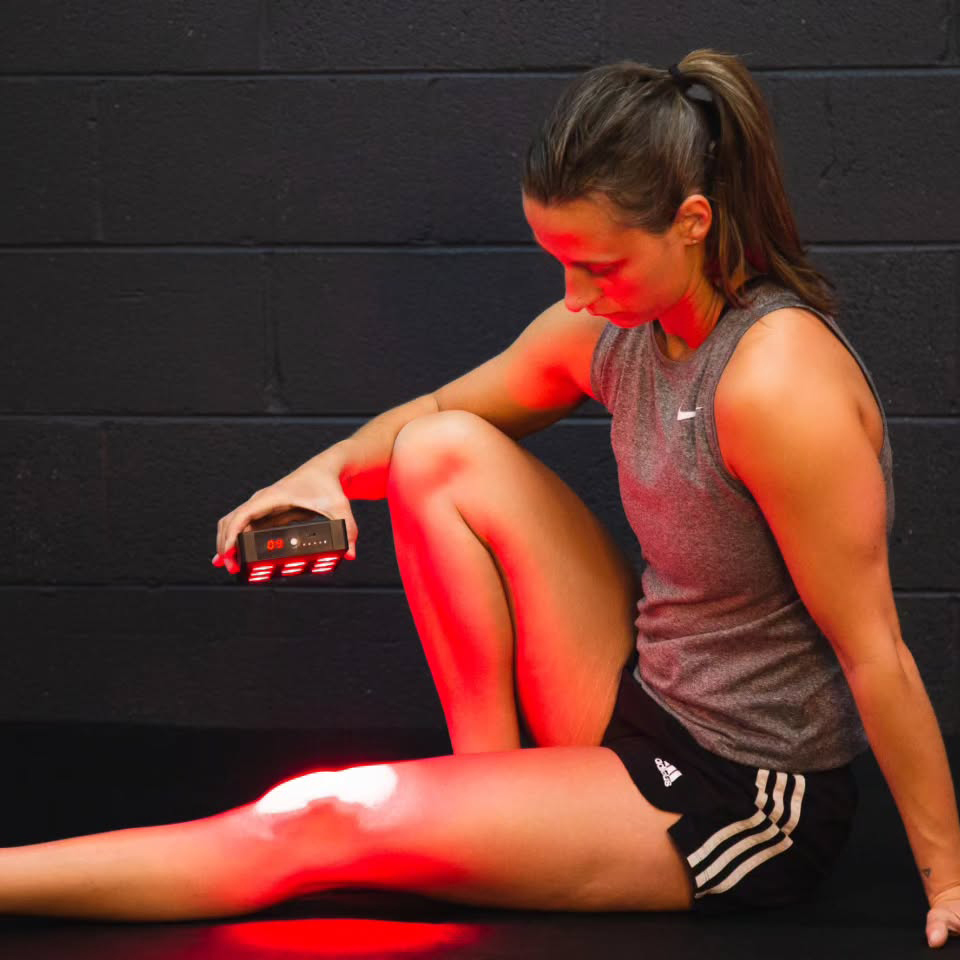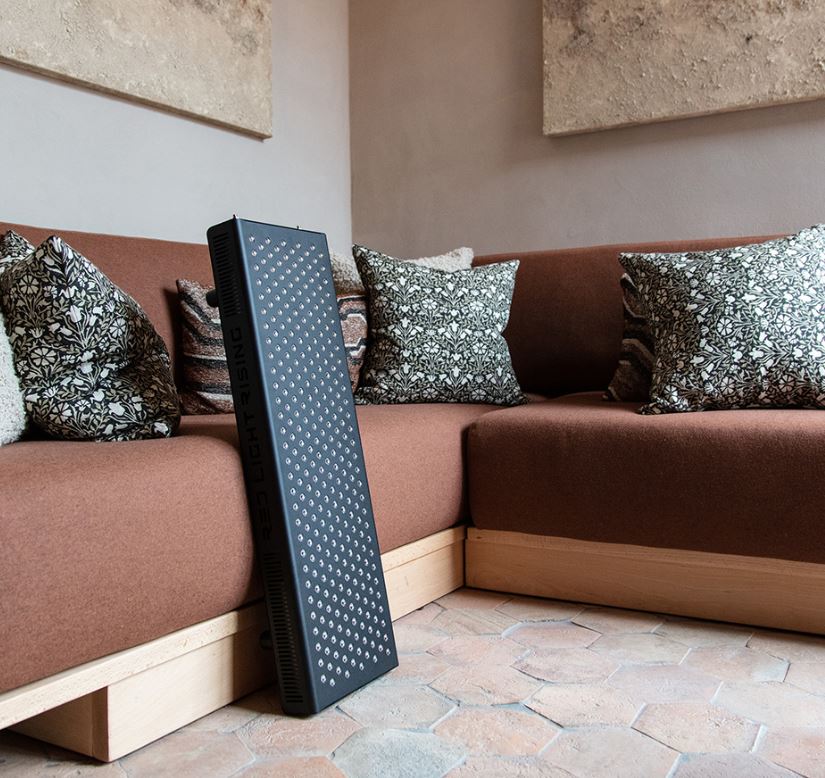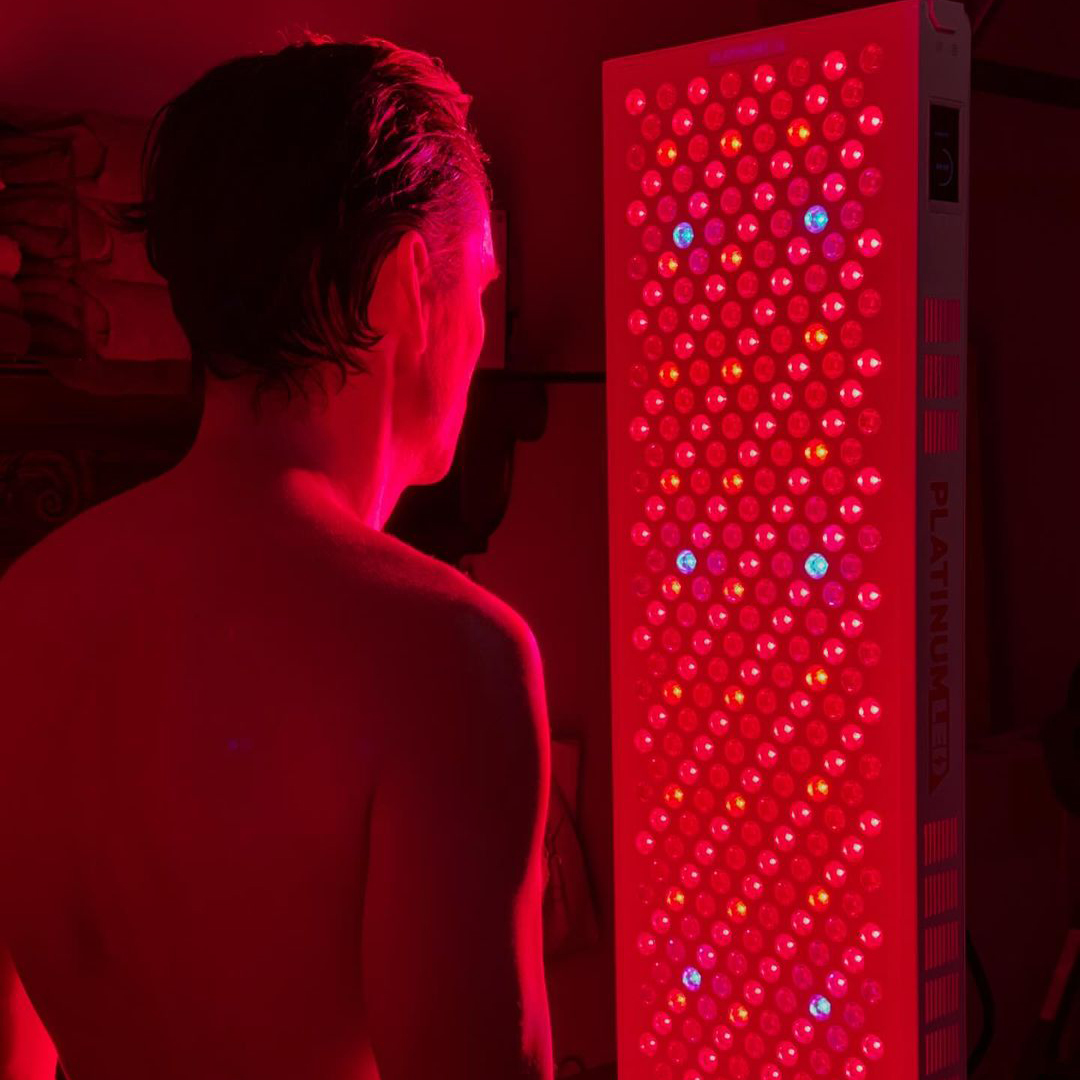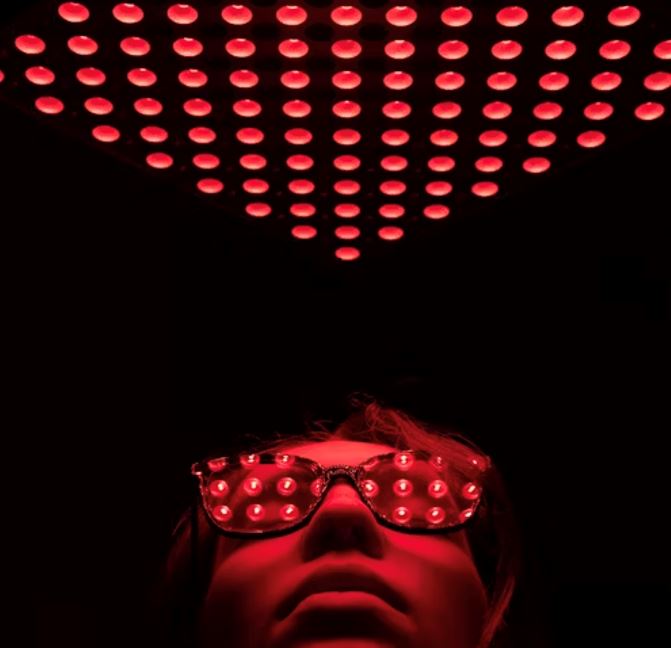![]() Free Shipping
Free Shipping ![]() Buy Now, Pay Later
Buy Now, Pay Later ![]() Eligible
Eligible
Red Light Therapy & Breastfeeding: Is It Safe? Benefits & What You Need to Know
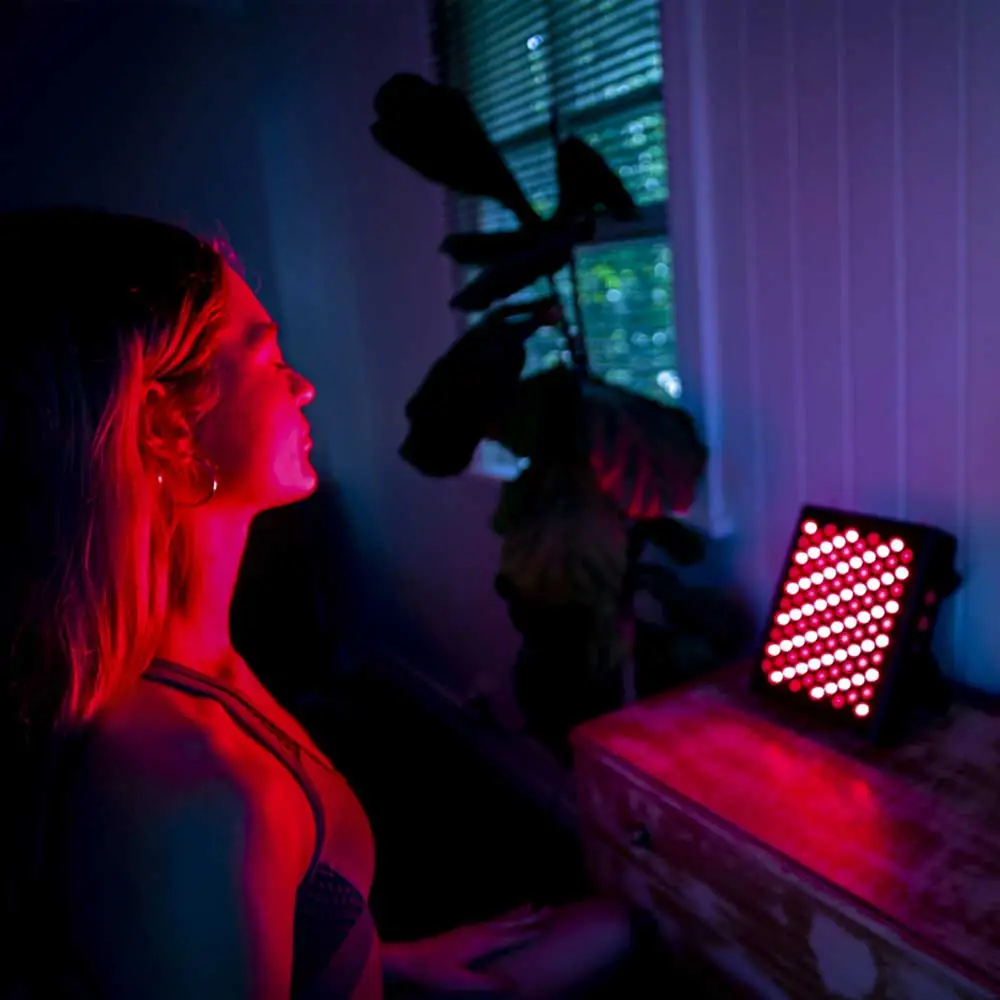
Introduction
As a new mom, you’re constantly looking for safe and effective ways to support your health and well-being while breastfeeding. From diet to exercise to skincare, every choice you make can impact both you and your baby. One emerging wellness trend that has gained popularity is red light therapy (RLT)—a non-invasive treatment that uses low-wavelength red light to promote healing, reduce inflammation, and improve skin health.
But if you’re breastfeeding, you might wonder: Is red light therapy safe? Can it benefit nursing mothers?
In this comprehensive guide, we’ll explore:
- What red light therapy is and how it works
- The potential benefits for breastfeeding moms
- Safety considerations and expert opinions
- How to use red light therapy effectively while nursing
By the end, you’ll have a clear understanding of whether red light therapy is a good option for you during this special phase of motherhood.
What Is Red Light Therapy?
Red light therapy (RLT), also known as photobiomodulation (PBM) or low-level laser therapy (LLLT), is a treatment that exposes the skin to red and near-infrared (NIR) light wavelengths. These wavelengths penetrate the skin to stimulate cellular energy production (ATP), reduce inflammation, and promote healing.
How Does It Work?
When red or near-infrared light is absorbed by the mitochondria (the powerhouse of cells), it enhances ATP (adenosine triphosphate) production, which helps cells function more efficiently. This process can:
- Speed up wound healing
- Reduce inflammation and pain
- Improve skin health (reducing wrinkles, scars, and stretch marks)
- Boost circulation
- Support muscle recovery
RLT is FDA-approved for certain conditions, including pain relief, joint stiffness, and skin rejuvenation. It’s used in dermatology clinics, physical therapy, and even at-home devices.
Potential Benefits of Red Light Therapy for Breastfeeding Moms
While research on red light therapy specifically for breastfeeding women is limited, many of its general benefits can be particularly helpful for new mothers. Here’s how RLT may support you during lactation:
1. Promotes Healing After Childbirth
Whether you had a vaginal delivery or a C-section, your body goes through significant trauma. Red light therapy can:
- Accelerate tissue repair (helping with perineal tears or surgical scars)
- Reduce inflammation and pain in sore muscles or incision sites
- Improve circulation, which aids recovery
2. Supports Milk Production (Lactation)
Some studies suggest that light therapy may influence prolactin levels, the hormone responsible for milk production. While more research is needed, anecdotal reports from mothers indicate that RLT may help with:
- Increasing milk supply (by improving blood flow to breast tissue)
- Relieving engorgement (by reducing inflammation)
3. Helps with Postpartum Depression & Fatigue
The postpartum period can be emotionally and physically draining. Red light therapy has been shown to:
- Boost serotonin and dopamine levels, improving mood
- Enhance energy levels by optimizing mitochondrial function
- Improve sleep quality, which is crucial for exhausted moms
4. Reduces Mastitis Pain & Inflammation
Mastitis (breast inflammation, often due to infection or clogged ducts) is a common breastfeeding challenge. RLT may help by:
- Reducing swelling and pain
- Enhancing lymphatic drainage
- Speeding up recovery from infections when used alongside antibiotics
5. Improves Skin Elasticity & Reduces Stretch Marks
Pregnancy and breastfeeding can leave behind stretch marks and loose skin. Red light therapy stimulates collagen and elastin production, which may help:
- Fade stretch marks
- Tighten postpartum skin
- Improve overall skin tone
Is Red Light Therapy Safe While Breastfeeding?
The good news is that red light therapy is non-invasive, non-thermal (doesn’t produce heat), and doesn’t use UV rays, making it generally safe for breastfeeding mothers. However, here’s what you should consider:
1. No Harmful Radiation
Unlike UV light (which can damage skin cells), red and near-infrared light are safe wavelengths that don’t penetrate deeply enough to affect breast milk or internal organs.
2. No Known Side Effects
RLT is considered low-risk, with no reported adverse effects for nursing mothers when used correctly.
3. Avoid Direct Nipple Exposure
While the breasts can be treated for issues like mastitis or engorgement, avoid shining red light directly on the nipples, as this area is highly sensitive. Instead, focus on the surrounding tissue.
4. Consult Your Doctor If You Have Concerns
If you have:
- A history of breast cancer
- Active infections (like untreated mastitis)
- Any unusual breast changes
…it’s best to check with your healthcare provider before starting RLT.
VELLGUS Elite V2
THE #1 RATED RED LIGHT DEVICE
VELLGUS pro V2
THE #1 RATED FULL BODY RED LIGHT DEVICE
How to Use Red Light Therapy While Breastfeeding
If you decide to try RLT, here’s how to do it safely and effectively:
1. Choose the Right Device
- At-home panels or handheld devices (like Joovv, Red Rush, or Mito Red Light)
- Professional treatments (at a dermatologist or wellness clinic)
2. Recommended Treatment Protocol
- Distance: Hold the device 6-12 inches from the skin.
- Duration: 5-20 minutes per area, depending on device strength.
- Frequency: 3-5 times per week for best results.
3. Best Areas to Treat for Breastfeeding Moms
- Breasts (avoiding nipples) – for engorgement/mastitis relief
- Abdomen – for C-section scars or stretch marks
- Face – for postpartum skin rejuvenation
- Perineum – for healing after vaginal birth
4. Combine with Other Postpartum Wellness Practices
For optimal results, pair RLT with:
- Hydration & a nutrient-rich diet (essential for milk production)
- Gentle exercise (like yoga or walking)
- Proper breast care (massage, warm compresses for clogged ducts)
Expert Opinions & Research on RLT for Nursing Moms
While large-scale studies on RLT and breastfeeding are limited, here’s what experts say:
- Dr. Michael Hamblin (Harvard Medical School): “Red light therapy is safe and can enhance tissue repair and reduce inflammation, which may benefit postpartum recovery.”
- International Lactation Consultant Association (ILCA): “Non-thermal light therapy appears low-risk for breastfeeding mothers, but more research is needed on direct lactation effects.”
- A 2020 study in Photomedicine and Laser Surgery found that RLT helped reduce pain and inflammation in breastfeeding women with mastitis when used alongside standard treatments.
Final Verdict: Should You Try Red Light Therapy While Breastfeeding?
Yes—with precautions. Red light therapy is a safe, non-invasive, and potentially beneficial treatment for breastfeeding moms, especially for:
✔ Postpartum healing (C-section scars, perineal tears)
✔ Mastitis and engorgement relief
✔ Skin rejuvenation (stretch marks, elasticity)
✔ Mood and energy support
However:
- Avoid direct nipple exposure
- Consult your doctor if you have medical concerns
- Use FDA-cleared devices for safety
Conclusion
Red light therapy offers a promising, science-backed way to support your postpartum recovery while breastfeeding. From boosting milk supply to healing scars and improving mood, its benefits are worth considering.
Since every mother’s body is different, start with shorter sessions and monitor how you feel. If you experience any discomfort, stop and consult a healthcare provider.
Have you tried red light therapy while breastfeeding? Share your experience in the comments—we’d love to hear from you!
Byline: Written by [Your Name], Certified Wellness Coach & Mother of Two
Disclaimer: This article is for informational purposes only and not medical advice. Always consult your healthcare provider before starting new treatments.
FAQs About Red Light Therapy & Breastfeeding
Q: Can red light therapy increase milk supply?
A: While not definitively proven, some moms report improved circulation and milk flow after RLT.
Q: How soon after birth can I start red light therapy?
A: You can start once your doctor clears you, usually 2-6 weeks postpartum, depending on delivery type.
Q: Can I use red light therapy on my C-section scar?
A: Yes! RLT can help reduce scar tissue and promote healing.
Q: Are there any side effects?
A: Rare—some people experience mild redness or dryness, but this usually subsides quickly.
Q: Can my baby be exposed to red light therapy?
A: While RLT is generally safe, it’s best to avoid direct exposure to infants unless under medical supervision.
References
- Glass G. E. (2021). Photobiomodulation: The Clinical Applications of Low-Level Light Therapy. Aesthetic surgery journal, 41(6), 723–738. https://doi.org/10.1093/asj/sjab025
- Drugs and Lactation Database (LactMed®) [Internet]. Bethesda (MD): National Institute of Child Health and Human Development; 2006-. Phototherapy. [Updated 2024 Aug 15]. Available from: https://www.ncbi.nlm.nih.gov/books/NBK500880/
- Buck, M. L., Eckereder, G., & Amir, L. H. (2016). Low level laser therapy for breastfeeding problems. Breastfeeding review : professional publication of the Nursing Mothers’ Association of Australia, 24(2), 27–31. https://pubmed.ncbi.nlm.nih.gov/29211392/
- Mokmeli, S., Khazemikho, N., Niromanesh, S., & Vatankhah, Z. (2009). The application of low-level laser therapy after cesarean section does not compromise blood prolactin levels and lactation status. Photomedicine and laser surgery, 27(3), 509–512. https://doi.org/10.1089/pho.2008.2314





